Remove the product from the freezer and thaw on ice just prior to use. Keep the product cold until coating.
Please see the link below to review the product datasheet which includes the coating protocol:
https://www.sigmaaldrich.com/deepweb/assets/sigmaaldrich/product/documents/243/108/e0282dat.pdf










